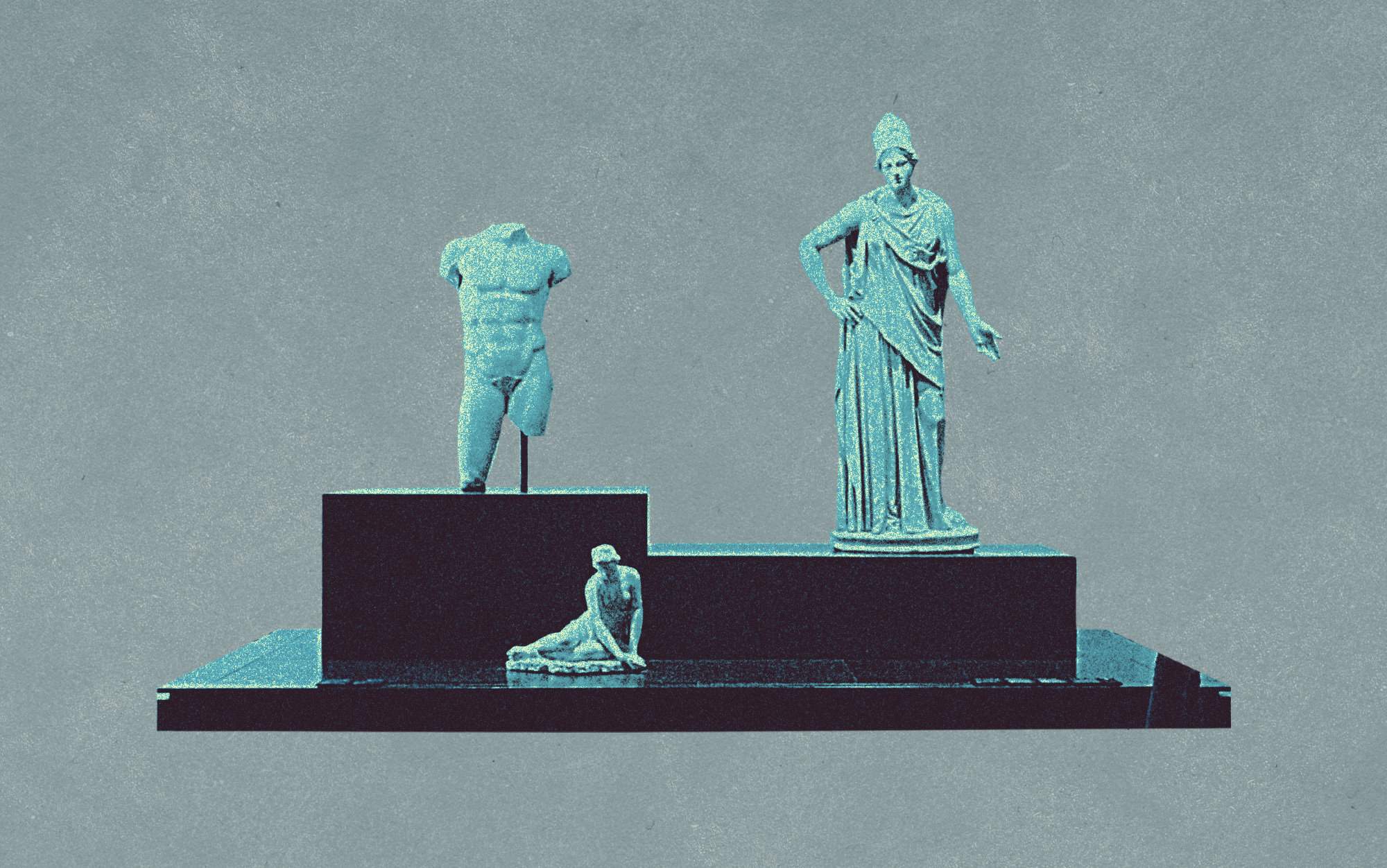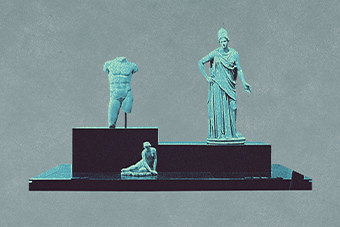Often called the 'Khajuraho of North India', Bhima Devi Temple is a comparatively new addition to the repertoire of important temples in the country that hold religious as well as artistic value. Excavated by the Department of Archaeology in 1974, the temple holds the status of being a protected monument under the Punjab Ancient and Historical Monuments and Archaeological Sites and Remains Act, 1964. The Bhima Devi temple is a Hindu temple whose origins have been traced to somewhere between 8th and the 12th century, during the reign of Gurjara and Pratihara dynasties that had their administrative centres in Ujjain and Kanauj. Under the famous King Bhoja, and his successor Mahendrapala I, the empire reached its zenith of power, prosperity, architecture and arts.
The Gurjara-Pratiharas were followers of Hinduism, and their most significant contribution to the architectural heritage of the country is the open-pavilion styled temple, a famous example of which is the Khajuraho temple complex. The style of the Bhima Devi temple is Panchyatna, with one central temple flanked by four subsidiary shrines on all four sides. The same layout plan is also evident in the famous temples of Bhubaneshwar and Khajuraho of the same era. During the excavation of the temple, approximately 100 ancient statues were discovered, mostly representing Hindu gods and goddesses including sculptures of Lord Shiva, his consort Parvati, Lord Vishnu, Ganesha, and Kartikeya. Art historians speculate that the temple is dedicated to Lord Shiva with all other deities as subsidiary gods.
For the ease of understanding, archaeologists have categorised the sculptures under four heads -
1.) Statues of Hindu Gods and Goddesses: Sculptures of Lord Shiva, Parvati, Ganesha, and Kartikeya are some of the prominent ones.
2.) Statues of Auxiliary Gods: Including apsaras, Gandharva, and other celestial musicians.
3.) Animals and Floral Motifs: Animals that were used as the vahanas (vehicles) by the gods and goddesses and floral motifs that filled the border spaces.
4.) Erotic images: In tandem with the art of Khajuraho, Bhima Devi temple also contains erotic sculpture where the amalgamation of the concept of bhoga and yoga finds its artistic expression.
Pinjore town, where the temple complex is situated, falls under the jurisdiction of the administration of Haryana. The place holds a mythological connection to Pandavas, who were the heroes of the epic Mahabharata. They are believed to have stayed there during the period of their exile. It is also speculated that they might have performed a yagna (prayer) here to please the goddess Mahakali. Pinjore was also an important centre during the Mughal Empire. In the vicinity of the Bhima Devi temple is situated the remarkable Pinjore Garden, built by the foster brother of Aurangzeb in the Charbagh architectural style. The Bhima Devi temple was destroyed between the 13th and 17th century, and the ruins were reused to make new architectural structures.
Although the temple does not exist anymore, many architectural and ornamental sculptures that were excavated are placed in the open-air complex. A museum was later constructed and inaugurated on July 13, 2009, by the then Chief Minister of Haryana, Sh. Bhupinder Singh Hooda, to house and display the sculptures that were excavated.
More Information
Getting there
Average duration of visit
3-4 hours
Museum administered by
State Government
Person in charge
Updated
Quick Facts
Address:
Bhima Devi Temple, Pinjore
Visiting Time:
Sunday: 10 am - 5 pm
Monday: 10 am - 5 pm
Tuesday: 10 am - 5 pm
Wednesday: 10 am - 5 pm
Thursday: 10 am - 5 pm
Friday: 10 am - 5 pm
Saturday: 10 am - 5 pm
The Museum is open n public holidays.
Phone:
099157 70015Entry Fees:
Entry is free.




